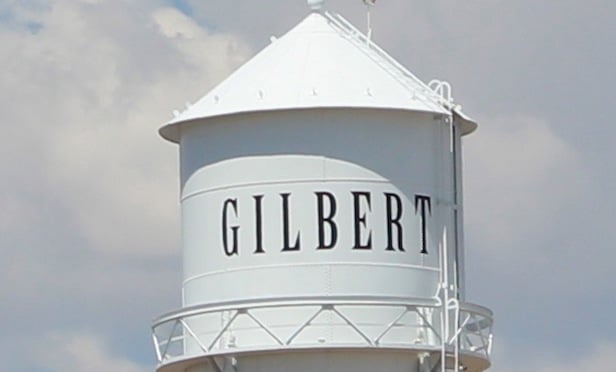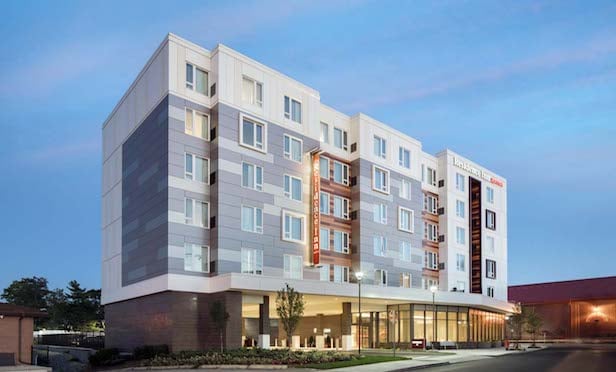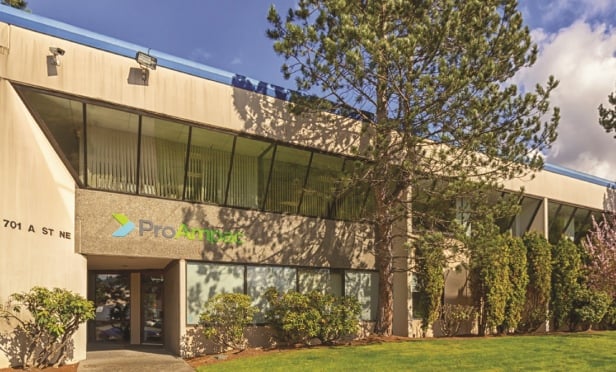LONDON-As we prep for 2013, the watchword remains “caution,” even as the economy (and therefore commercial real estate) travels its sluggish path to recovery. This year's Emerging Trends, the annual opus of ULI and PwC, said it best:
“As investors tentatively advance further along the risk spectrum, in 2013 chasing yield, they suffer queasiness about the limitations of US real estate markets. There is just not enough product to get the yields they want.” Add to this slow-to-improve fundamentals and lingering concern Europe's fiscal crisis could waft this way, and the challenges facing would-be sellers of product comes into stark relief.
It's particularly angst-inducing for minority stakeholders, the players who have just a piece of the action and are waiting on the major owners to determine their strategy. In such fractional and sometimes fractious ownership situations, the underlying investors, who thought their payoff was finally at hand, are being told to hold their water for another few years.
“We allow those investors to monetize or repatriate their legacy capital allocations.” So says Ronald M. Dickerman, president of Manhattan-based Madison International, a private equity firm that has made its mark in secondary capital and switching positions with antsy minority-stake players. Dickerman says he'll transact anywhere from a 5% stake up to 49%, most typically in the upper reaches of that range, only occasionally going to a larger bite. And he's applying the strategy not only to US-based opportunities, but is also courting European activity as well.
“You have broken, tired capital structures,” Dickerman believes. “Even though cap rates have compressed and values have come back, what's fascinating is that rental rates haven't recovered to their high watermarks in most major cities. In New York, rental rates were $85 to $90 a foot. Now, they're $50, $60, $70. Only in prime buildings have they gone back to well over $100. There's still a lot of residual effect from the credit crisis that hasn't been fully wound through the system as it relates to those capital structures and the disposition of investors.” The result is a wait-and-see, the proverbial can being kicked down the road, and Madison's strategy is to capitalize on breaking the ownership logjam.
Such as it did recently with its purchase of a 25% stake at 655 Madison Ave., home to Lowes Corp. and Donna Karan's New York flagship. “We bought it from a New York-based foundation that had come to the end of its charitable giving life,” explains Dickerman. The foundation had to issue the remainder of its principal to its beneficiaries, and much of that principal was tied up in 655.
But as Dickerman explains, “The air is very thin for potential institutional buyers who could write a $15-million check to buy a partial stake in a commercial real estate asset.” Madison became the foundation's White Knight.
While Madison International does play on the European scene, it does so these days with sensible caution, and he admits the turmoil there gets him a bit nervous. In the overheated London market, for instance, there's a serious disconnect between risk and return. “We haven't seen the kind of rental-rate recovery that would be consistent with the type of pricing investors are asking for in prime office buildings. We've also seen quite a few fractional holders who are looking for liquidity, and we're actively pursuing them.”
Elsewhere across the pond the financial upheaval is creating opportunity, but “we're raising the bar on anything we do in Europe. We're investing on the basis that the euro will survive, but I can't guarantee every country will remain a euro-based country.”
So Madison International remains true to its name by looking selectively in Europe for prime office buildings with underlying long-term, investment-grade credits, “where we can get paid to wait out the credit crisis and harvest a 6% to 8% dividend yield,” says Dickerman. He also wants to buy in at an off-market rate. “That's how we're investing in Europe right now.” While he expects those opportunities to increase next year, his bar will remain high, and the US remains Madison's prime focus, garnering 65% to 75% of its investment dollars.
Madison's European search is not for distress assets, he makes clear, but “perfectly good, long-term leased buildings with what I'll call fatigued capital structure.” He's seeking equity investors that need liquidity without leverage as well as deals have gone on too long. “Maybe the investor has problems elsewhere in their portfolio and they've decided to sell a piece of their good stuff to defer liabilities on some of the troubled stuff.”
As we speak, Dickerman is in conversations with a European open-ended fund that owns about 40 prime buildings throughout Western Europe. The fund “has a leverage covenant of 25%,” he says. “But the value has gone down, so their leverage ratio has gone up and breached the covenant.” The deal will yield another 49% stake to Madison, in exchange for which, obviously, the fund will gain capital to pay down its debt and “get below the 25% threshold. They know they're selling that 49% at a valuation that isn't optimal, but they're retaining a 51% and returning to equilibrium with their lenders.” The building in question is leased until 2021 to an investment-grade credit tenant.
© 2025 ALM Global, LLC, All Rights Reserved. Request academic re-use from www.copyright.com. All other uses, submit a request to [email protected]. For more information visit Asset & Logo Licensing.








